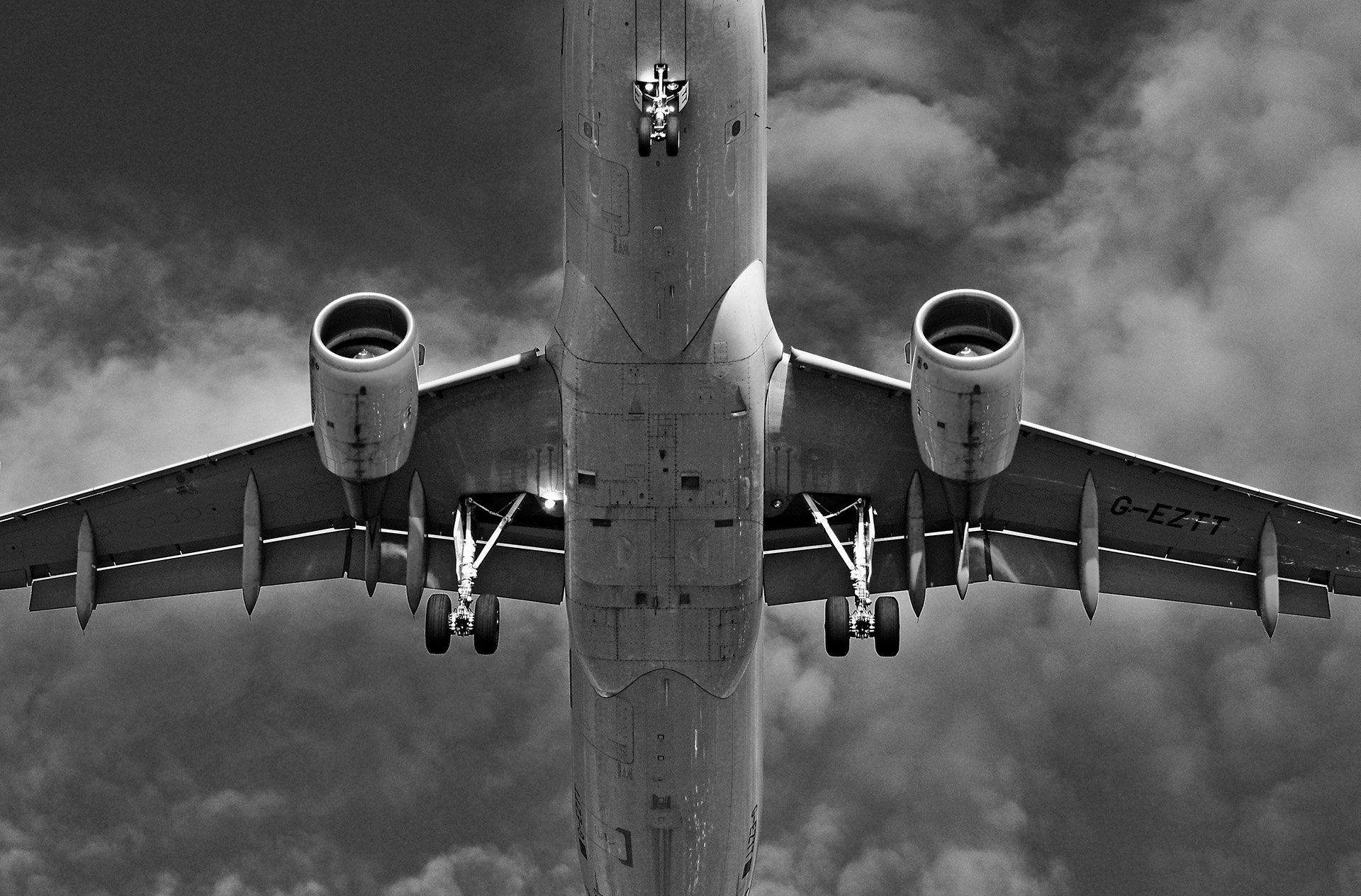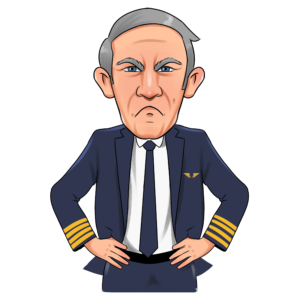Just about every single takeoff you make in the A320 is going to require you to deal with the SRS.
In this training, we’ll see just what Airbus was trying to achieve when they cooked this thing up!
The SRS is part of the TAKEOFF mode.
It’s also part of the GO-AROUND mode.
Just in case you forgot, these two modes (TAKEOFF and GO-AROUND) are what Airbus calls Common Modes.
Common modes are unique amongst Airbus modes because they incorporate both vertical and lateral guidance.
And in the TAKEOFF mode, the SRS mode engages simultaneously with the RWY or RWY TRK modes.
However, keep in mind that they may be disengaged separately.
In this lesson, we’ll take a look at how the SRS guides the aircraft during the TAKEOFF mode.
The SRS’s impact on the GO-AROUND mode will be covered in a separate lesson!
When is the TAKEOFF Common Mode Available?
The TAKEOFF Common Mode is available:
- During the takeoff run and initial climb for FD guidance
- 5 seconds after lift-off for the AP use.
- When in SRS mode, the aircraft will maintain a speed target equal to V2 +10 with AEO (all engines operating).
- Should the FMGS detect an engine failure, the speed target becomes the highest of V2 or the current speed, limited by V2 + 15. The SRS should be followed and may demand a lower pitch in order to acquire or maintain V2.
- Attitude protection to reduce the aircraft’s nose-up effect during takeoff (18 degrees or 22 degrees in windshear).
- Flightpath angle protection ensuring a minimum vertical speed of 120 fpm.
-
Speed protection limiting the target speed to V2+15.
When the thrust levers are set to the TOGA or FLEX (with a FLEX temperature set) detent, the SRS mode will automatically engage as long as:
- V2 has been inserted in the MCDU PERF TAKEOFF page.
- The Slats have been extended.
- The aircraft has been on the ground for at least 30 seconds.
What I’m going to discuss below is critical knowledge for every Airbus pilot to know, understand and appreciate.
Crews that fail to do so are doomed to make serious mistakes at the most inopportune times!
Consider yourself warned.
The SRS mode disengages:
- Automatically at the ACC ALT or at ALT* or ALT CST *. When the SRS disengages at ALT*, the Flight Director pitch mode will change to either CLB or OP CLB. (Keep in mind that when OEI, the SRS will not automatically disengage at the EO ACC ALT.)
- If the crew engages another vertical mode.
- If the crew selects a speed while in SRS. In this case, the SRS reverts to OP CLB and a triple-click marks the reversion.
- In some aircraft, the SRS will disengage if the TCAS mode engages.

Ready for your next Checkride?
Probably not as ready as you should be.
Certainly not as ready as you could be.
Click here to find out more about the world’s first and finest, complete emergency management system designed especially for the A320.
As with everything Airbus, there are always traps waiting for you.
Here are a few things to be aware of:
- If the crew inadvertently sets an altitude on the FCU that is below the current altitude, the aircraft will remain in SRS mode until the crew takes some other action.
- In engine out cases, the SRS will not automatically disengage at the EO ACC ALT. In these cases, we PUSH TO LEVEL OFF to achieve VS zero.
- Regardless of whether or not the Flaps/Slats are working correctly, we set the Flap Lever to at least FLAP 1 to ensure that the SRS will be available if we have to go around.
- If you select a speed whilst in SRS, the SRS mode will revert to Open Climb with a triple click. This could pose a real threat if you’re on a SID with altitude constraints as Open Climb does not honour any altitude constraints! (Suggested by loyal reader BusDriver! Thanks!)
So, there you go.
By now, you should have a slightly better idea of the SRS’s role in your operation.
Remember that the third Airbus GOLDEN RULE is to understand the FMA at all times.
And since the SRS is designed to get you away from the ground safely, you’d best make sure you understand it.
Be kind, be smart, fly well.
Until next time…



You wrote:
“The SRS is part of the Takeoff mode.”
But then we see in your table that SRS is clearly also part of the Go Around Common Mode.
You might want to be a little more clear about that, and add a little more information about that?
SRS as part of Takeoff we are pretty familiar with, but SRS as part of GA, less so, because it is seldom used/seen.
G’day BusDriver!
Great points!
I’ve tried to make some clarifications and tailor this lesson to deal with the SRS as it applies to Takeoff and cover the SRS and the Go-Around in a separate training.
Sometimes in the heat of researching, writing and publishing, the forest gets lost in the trees!
Thanks for helping me see things a bit more clearly!
Cheers!
Skip
You could also add “If the crew selects a speed while in SRS… the SRS reverts to OP CLB and a triple-click marks the reversion.” to your SRS Common Traps because if you are on a SID with altitude constraints, and you pull speed in SRS mode, the reversion to Open Climb will not honor your altitude constraint!
G’Day, BusDriver!
Done!
Thanks again for your astute contribution.
Although I included this concept in the “When Does the SRS Disengage” section, it would have been better to highlight it as the threat it truly is.
I saw this happen a few weeks ago, and it almost got a bit ugly with ATC.
Many thanks for helping us all get a bit more intelligent.
Cheers!
Skip